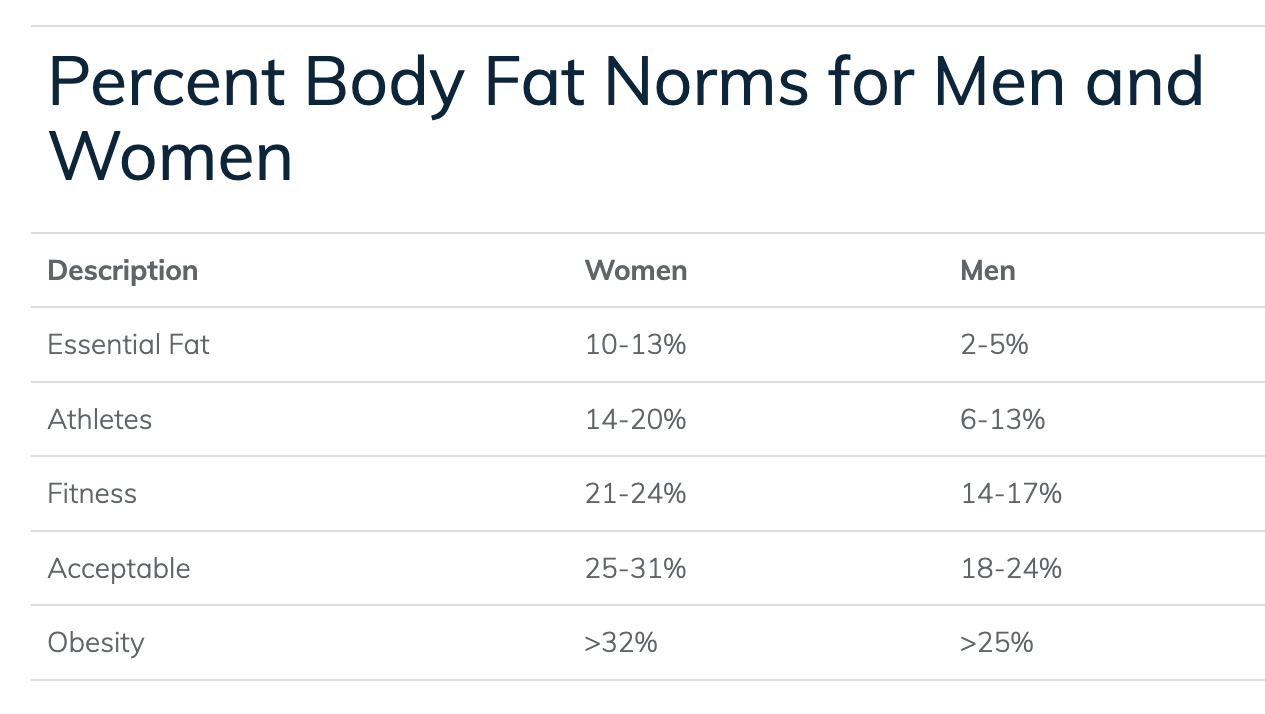While many women are told by their doctors they need to lose weight, we as a nation are focusing on the wrong metric.
Why Weight Loss is Not the Answer
Weight loss and fat loss are not the same thing, and promoting weight loss alone without the emphasis on body composition improvements can be dangerous for mental health as well as physical health later in life.
While every media outlet feeds women the message that we need to lose weight, being “less than” does not fix the problem of excess body fat and slowing metabolism, nor does it help us feel powerful.
Losing weight in itself slows the metabolism and could equal loss of water, bone density, and muscle mass, which is detrimental to health and increases risk of mortality and injury. The goal should be losing body fat and this goal should also be aligned with gaining and preserving muscle mass and strength over time. Muscle mass gains will speed up metabolism as muscle is more expensive tissue; making it easier to lose body fat and turning your body into an efficient machine.
The focus needs to shift to preserving and gaining muscle mass and strength WHILE decreasing body fat.
Weight Loss vs. Fat Loss
While weight loss is a decrease in the number on the scale, body fat loss is a decrease in body fat, which is the desired outcome most people want.
Body composition includes fat mass and fat free mass. Fat free mass is muscle, bone, water, and organs while fat mass consists of subcutaneous (fat under the skin that insulates the body) and visceral fat (fat that surrounds organs). Though the goal is usually to reduce body fat, some body fat is essential.

American Council on Exercise Body Fat Percentage Norms*
Body composition can be measured through a variety of methods including bioelectrical impedance (not a very reliable or accurate method, but the most accessible), skin caliper measurements, air or water displacement, or dexa scans.
Body Composition Chart Flaws
Keep in mind the chart above tells you what’s “normal,” but doesn’t take into account any individual factors. Some athletes perform better with higher body fat percentages than those listed (specifically in strength or contact sports) and defining body fat as “acceptable” is a potentially harmful term.
If you’re a trainer working with clients or you’re someone who feels that this chart doesn’t accurately represent you, keep in mind that we are all different and have different goals. Seeing this chart and your results alone can be discouraging. Just like the scale, it can be used as a tool, but it should not be used as the ultimate way to determine ideal body composition.
Why We Promote Strength
This is why we tend to promote the benefits of strength training (like living longer, moving better, feeling stronger, being pain-free) versus the goals of body fat percentage. While we appreciate the importance of maintaining a health body composition, we also want women to feel powerful and strong and we believe focusing on the positive changes in confidence, strength gains, and muscle mass increases tend to increase adherence and satisfaction with both a person’s training routine and their body image.
Weight Loss and Mortality
Many studies have shown the benefits of strength gains and the improvements in longevity when resistance training. Now, a new 2022 study has brought to light the disadvantages of focusing on “weight loss” as a goal for health. This study reviewed older women (average age 79), weight loss, grip strength, and mortality.
The findings indicated that grip strength and high scores on physical performance tests (balance, gait speed, chair stand) lowered mortality risk while weight loss was associated with increased mortality. That’s right. Later in life, losing weight increases your risk of death and decreases longevity. This is due to the fact that people (women specifically) lose bone density and muscle mass as they age; and resistance training is the only way to combat these losses.
This study shows the importance for women to focus on strength and mobility training as they age.
Shifting Your Focus From Weight Loss to Strength Gains
While everyone seems to be focused on losing weight, we need to refocus our attention and efforts toward gaining and preserving muscle mass and increasing bone density for later.
Think of resistance training as an investment in your future. Body composition improvements will come with it, but let’s stop glorifying “weight loss” and start focusing on functional improvements and muscle gain (with fat loss as an added side benefit).
Change your mindset, change your life.
Resources:
Underland LJ;Schnatz PF;Wild RA;Saquib N;Shadyab AH;Allison M;Banack H;Wassertheil-Smoller S; “The Impact of Weight Change and Measures of Physical Functioning on Mortality.” Journal of the American Geriatrics Society, U.S. National Library of Medicine, https://pubmed.ncbi.nlm.nih.gov/34988972/.
American Council on Exercise: https://www.acefitness.org/resources/everyone/tools-calculators/percent-body-fat-calculator/


